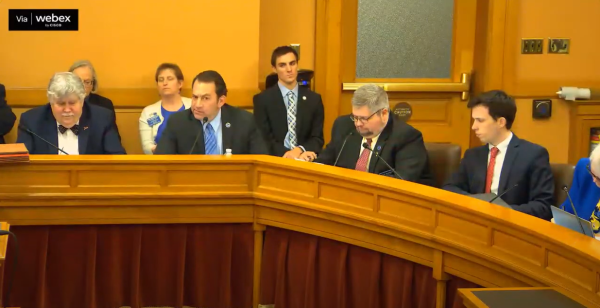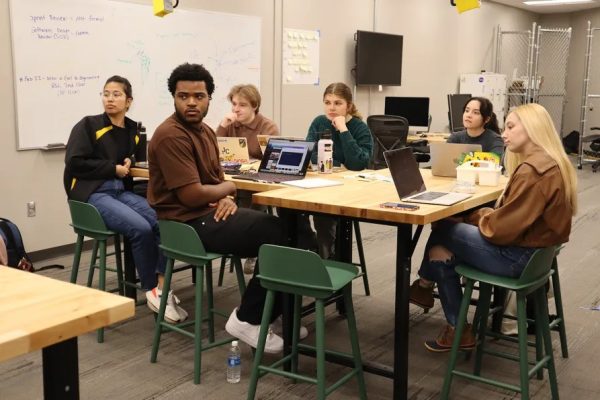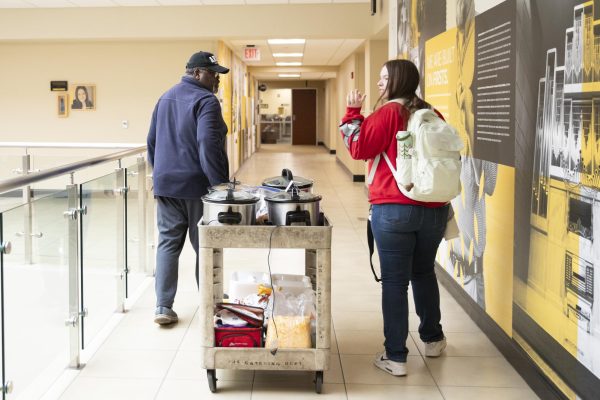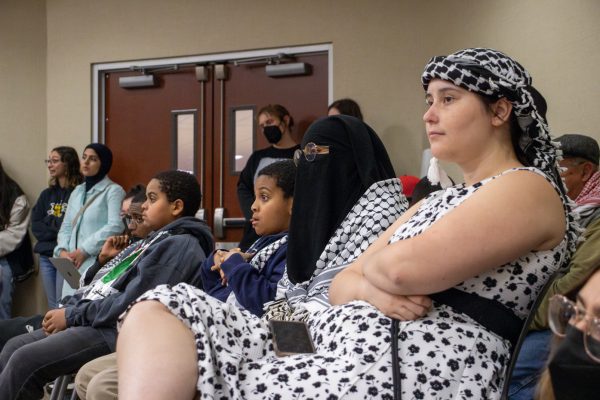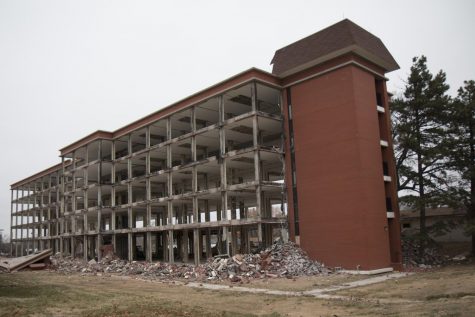Wichita State security report: rise in weapons arrests, burglaries, dating violence, alcohol violations
Weapons-related arrests, burglaries, dating violence, and disciplinary referrals for alcohol all increased significantly on Wichita State’s campus last year, according to the university’s annual security and fire safety report.
Weapons-related arrests rose from none in 2016 to three in 2017 — the same year that the concealed carry of firearms at Kansas universities became legal.
Burglaries rose for the second year in a row. 2017 saw 15 burglaries — up from 10 in 2016 and six in 2015. Fourteen of the 15 burglaries in the 2017 report happened on campus, and one on adjacent non-campus property.
While the number of arrests for alcohol violations have remained steady at four the last two years, the number of disciplinary referrals for alcohol violations spiked from 57 to 103.
Disciplinary referrals for drug abuse violations dropped from 20 to eight while arrests for drug abuse violations dropped sharply from 13 in 2016 to two in 2017.
Incidents of dating violence rose from one in 2016 to four in 2017, with three incidents occurring at on-campus residence halls.
Aggravated and sexual assaults also rose slightly. Aggravated assaults rose from one in 2016 to two in 2017. Reports of nonconsensual fondling rose from two in 2016 to three in 2017. Reported rapes were down from four in 2016 to one in 2017.
Motor vehicle thefts dropped from five in 2016 to one in 2017.
Incidents of stalking dropped slightly from six in 2016 to five last year.
The security report, which was released Friday, details crime statistics at WSU for 2017. The report is released annually in compliance with the Clery Act, a federal statute mandating that universities receiving federal financial aid report annual crime statistics, maintain a daily crime log, and provide “timely reports” for criminal activity that is considered an ongoing threat to the campus community.
The security report includes crimes that occurred on campus, public property within and immediately adjacent to campus — such as streets, sidewalks, and parking facilities — and non-campus institutions related to the university’s educational purposes and frequently used by students, such as fraternity and sorority houses.

Jenna Farhat was the news editor of The Sunflower. Farhat majored in creative writing.





